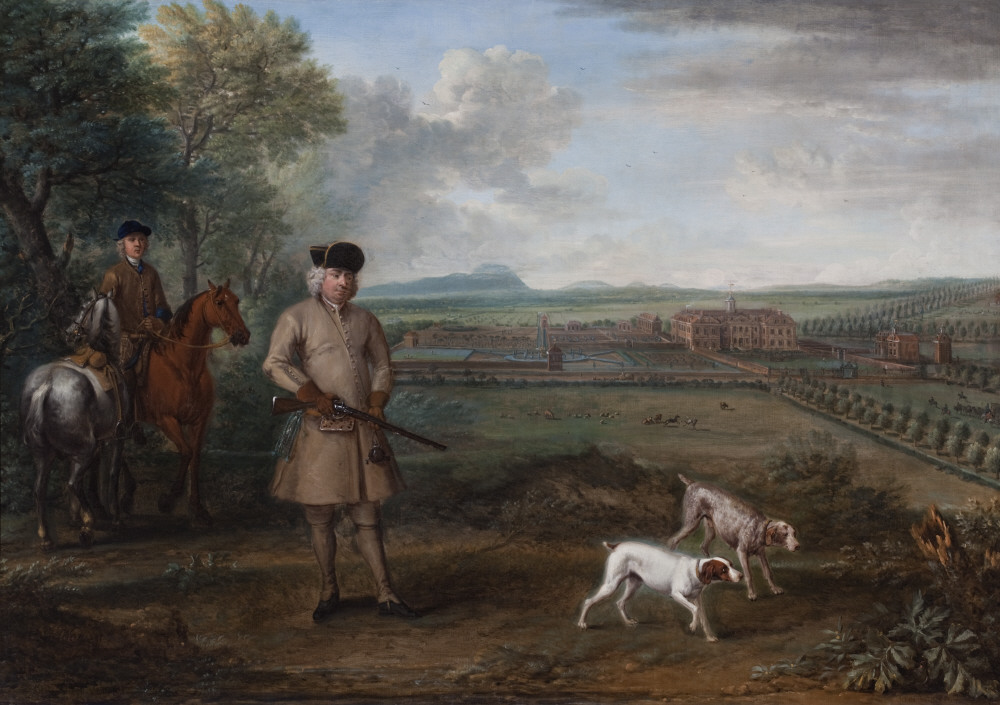Guidelines on using this toolkit
- Study the plans to explore the core elements involved in researching a portrait or portrait collection. Using the relevant plans to orientate your research at the outset will assist in identifying and gathering key data that can later be used for interpretation. Each core element indicates the base layer of information that should be recorded about a portrait or collection.
- For each core element, the text below includes sets of questions that will help you to interrogate a portrait and methodically record information about it.
- Links to selected websites suggest repositories of information that may help to further your enquiry about a specific portrait or collection.
- Clicking on Sample resources will open a table of further resources available in print, on site, and within the portrait itself.
- Clicking on Case studies will open a set of research examples.
- When you have explored the appropriate plan, open the portrait template or portrait collection template; using a template to record core data about a portrait or collection can help with accuracy and consistency in gathering data; it can also provide a clear record from which information can subsequently be entered into a database.
- You will also find a name record template for recording names in some detail; this helps to eliminate ambiguity, avoid duplication, and prepares the ground for searching data later on: spending a little time sorting out your name information will make your data much more accessible.
- According to the information available, some core elements might be straightforward to record, others may be more elusive.
- Where information is not readily available, it might be helpful to refer to the Case studies and Resources.
- You can also contact the Understanding British Portraits Steering Group via their individual or museums’ hub websites here >>

